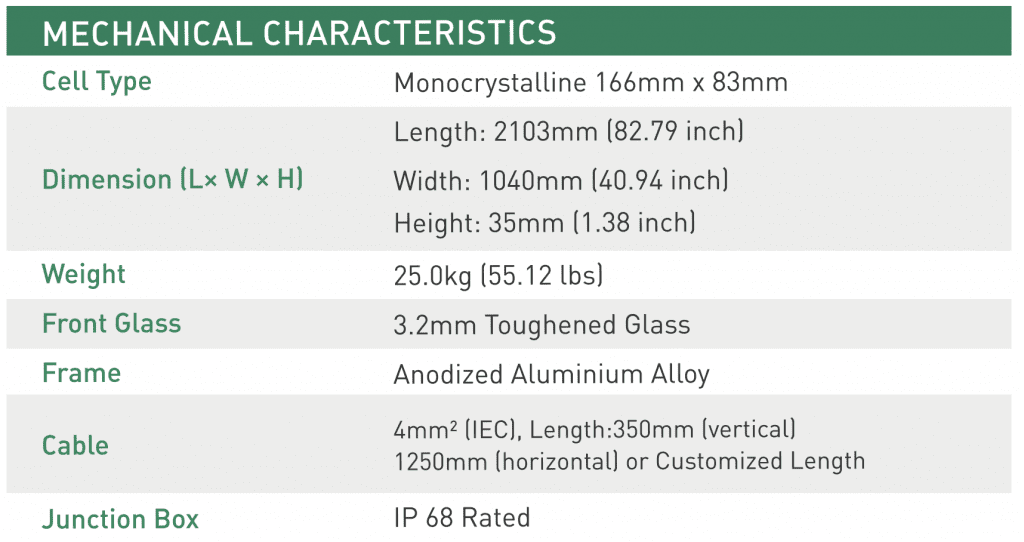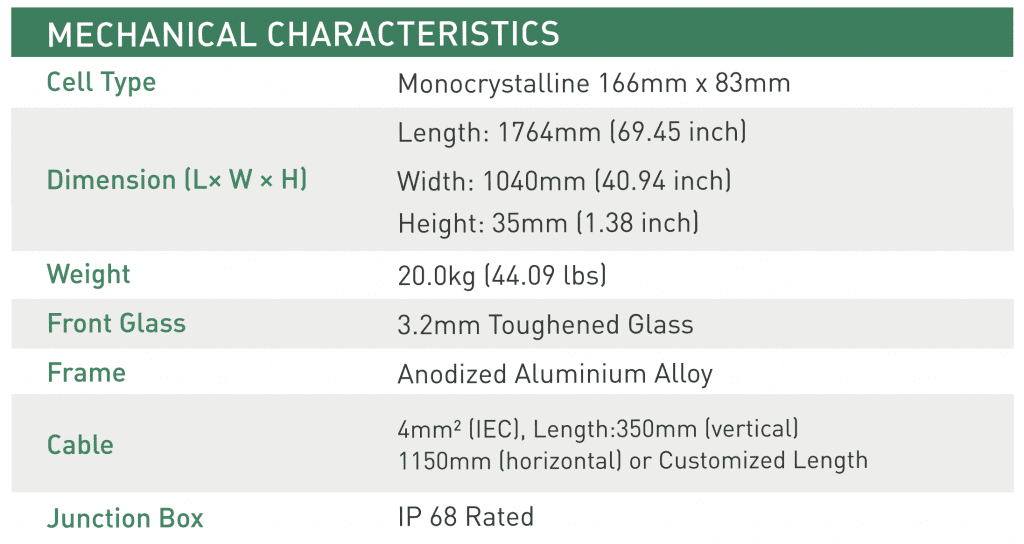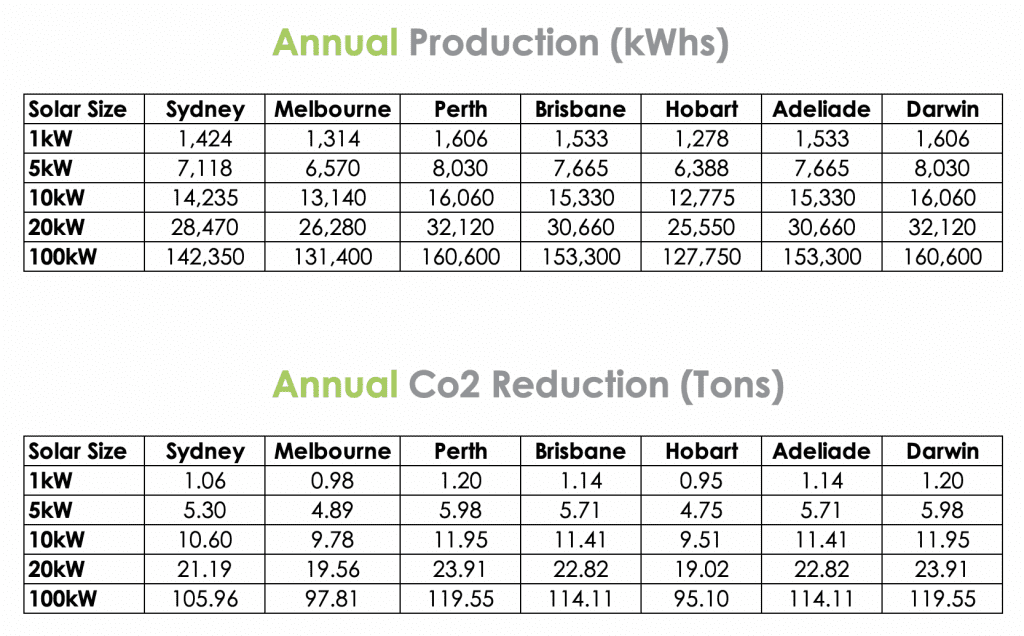How do I know what solar system I need?
This is one of the most popular questions we get asked at GI Energy, and also one of the most important to get the right answer to, if you are considering installing solar panels.
The solar system you need will depend on how much electricity you use, how much roof area you have available, what your budget is and what your desired outcome is. At GI Energy we have experts available who will analyse all of this for you and prepare a tailored solution for your consideration. Let’s explore this more now though, so you can work some things out for yourself.

Firstly, how much energy are you using?
Before working out what size solar system you need, you will need to understand how much electricity you are using. Incorrectly sizing a solar array can be costly, so you want to make sure you are putting the right number of solar panels on your roof! Understanding your electricity bill is a good place to start.
Home system sizing:
For home solar systems the most popular size array is 6.6kW. This may seem like an odd number, but there is a reason for it: most homes have single phase power, and in most areas in Australia the energy network only allows you to install a 5kW inverter on single phase properties before you have to limit the export. The main components of a solar system are the solar panels and the inverter. You can put up to 6.6kW of solar panels on a 5kW inverter, which usually means you get better value from your solar system using a 5kW inverter.
There are lots of variables here but as a rule, If your energy use is above 15kW per day, a 6.6kW system is usually what we would recommend. If your use is above 30kW per day, we may recommend a slightly larger system, with export limitation.
Commercial system sizing:
Solar for businesses is more complicated when sizing a solar system. Your energy bill may also be more complicated. In most areas in Australia, if you are using over 100MW of electricity per annum, you start getting charged with lots of other fees that are more difficult to understand. This is because you are classed as a large business customer, and therefore you get charged for things like peak demand and poor power factor.
The image below gives a really rough guide to sizing solar for businesses.

So, how much roof area do I need for my solar panels?
The size of solar panels varies from one brand to another, as does the wattage (the amount of energy they will produce). Typically, a 370w solar panel that is used on home roofs will measure approximately 1750mm x 1050mm. For larger commercial roofs bigger solar panels with more cells can be used. Typically, these are 450w and measure 2100mm x 1050mm.

Typical mechanical characteristics for a 72 cell panel.

Typical mechanical characteristics for a 60 cell panel.
You can work out how many you can fit on your roof using these measurements but be careful as you can’t necessarily fit solar panels across the entire roof area. You will need to be aware where the screw lines are in your roof, as well as keep in mind the standards for how close to the edge of the roofline you are allowed to go. For example, you cannot install solar panels that overlap the cap on your roof, as the wind may catch the overlap and pull them from your roof. For larger commercial installations, you should also get a structural engineering approval.
As a general rule, to give you some input, a 6.6kW system using 370w panels on a home roof would require approximately 9000mm x 3500mm of space. You can look up your roof on Google Maps and select the satellite image to see a photo of your roof area. You can then right click on your roof and bring up the measurement tool and measure the roof from above to get an indication of what you can fit.
What solar panels should I install?
There are so many cheap solar systems available for purchase in Australia. In fact, we have cheaper solar available here in Australia than almost anywhere else in the world. For more details on whether solar panels are worth buying, click here.
Be careful of these really cheap solar panels though, as more often than not, they end in tears. If you go back to 2013, 83% if solar panel manufacturers selling solar panels in Australia are either no longer in business, or no longer serving Australia. This means there is an awful lot of solar with no warranty protection installed here! The best solar panel for you, may be very different to what the best solar panel is for you neighbour so make sure you work out what your expectations are before buying anything!
The solar panels are not the only important thing to consider either, there are a few components that make up your overall solar system. The second most important is the inverter. The inverter is the part of the system that makes solar energy useful for your home or business. There are pros and cons of every major inverter brand to consider. Some of our favourites are Fronius, SMA, Sungrow and FIMER (formally ABB).
Please also consider how the system is installed. For what to look for in a solar installation, please click here.
And what should I be paying?
In terms of budget, the average cost of a very good home solar install is $1.10 per watt installed. This is after the government rebates. This means a 6.6kW system for your home will cost approximately $7,260. Please remember, this is for very good quality equipment. You can install a 6.6kW system for as little as $3,000 – but you usually get what you pay for!
For commercial systems the cost comes down due to the economies of scale. You can expect to pay approximately $1 per watt for commercial system between 10 – 100kW.
How much energy will my solar produce?
The amount of energy you will produce will depend on the size of the system, and the location it is installed in. The table below shows exactly how much energy you can expect your solar panels to produce annually, as well as how much it will impact your carbon footprint.

The tables above assume a north facing roof, with no shade.
And how much will it save me?
The amount of money you will save with your solar system will depend on how much energy you use, and how much energy you sell back to the grid. There are lots of variables here of course, but typically the return on investment (ROI) for a solar system with no battery is between 20% – 40%. This means you will recoup your outlay and achieve your ROI between 2.5 – 5 years.
Try our solar calculator to see how much you can save!
Here are some links worth checking out:










